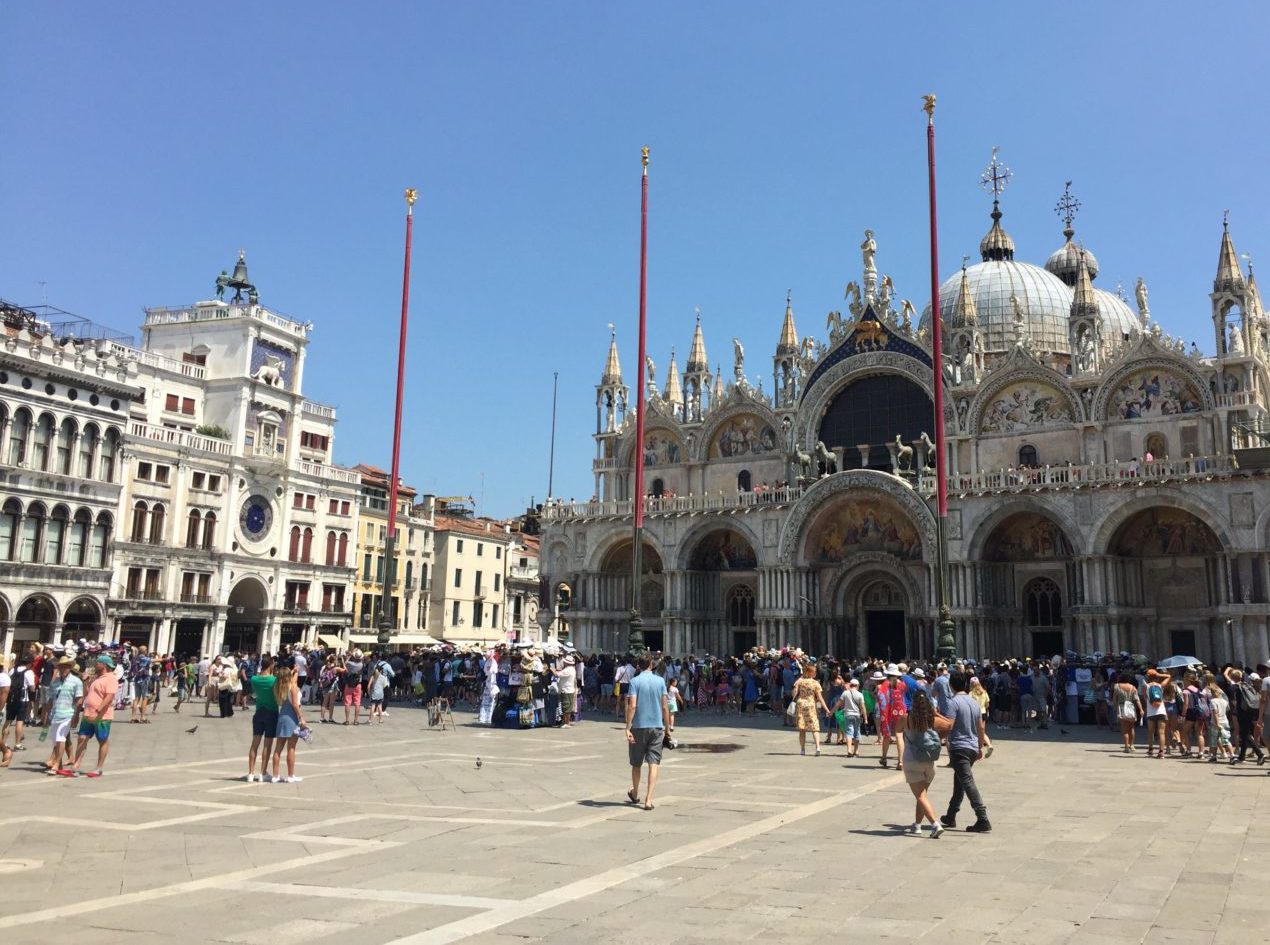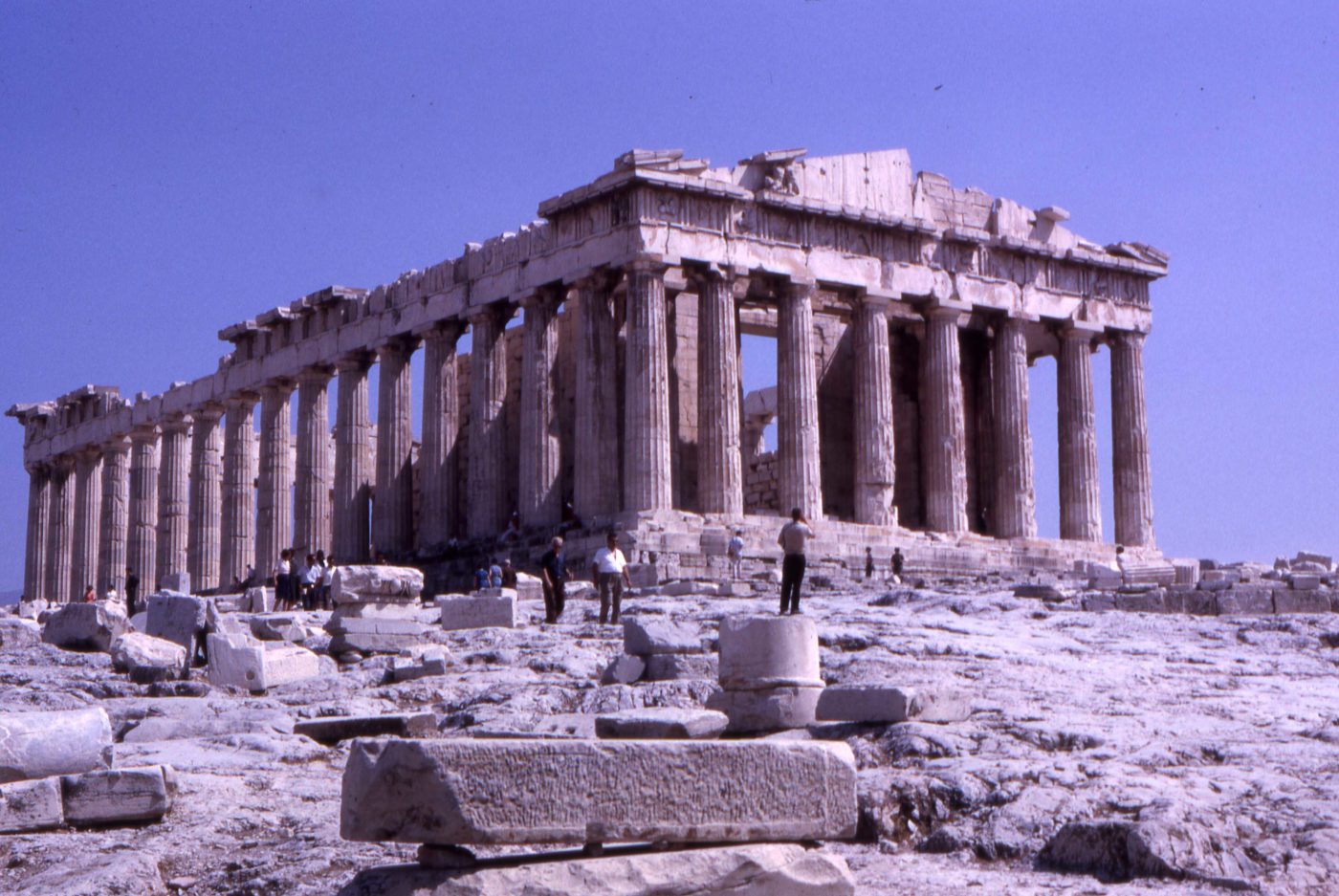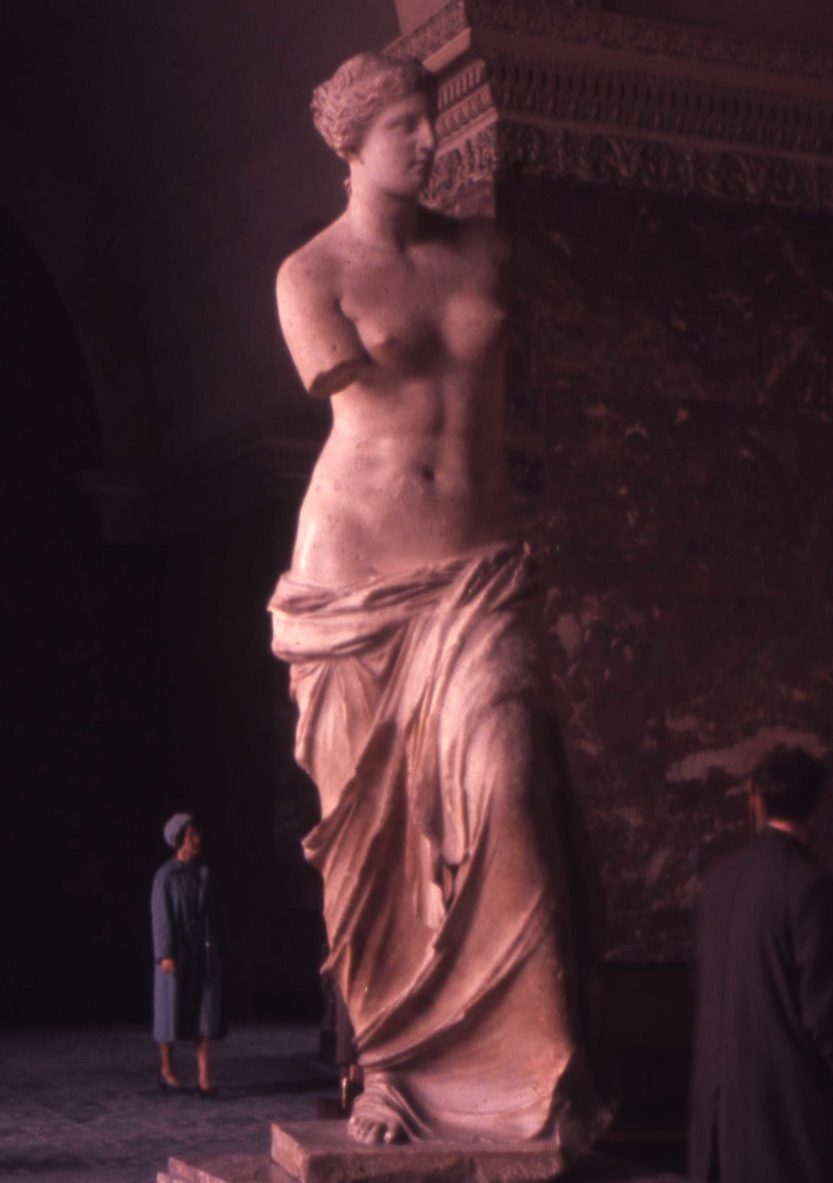All the major cruise lines, and a bunch of the smaller lines, sail in the “Eastern Mediterranean.” It’s pretty easy to see why. These cruise itineraries feature some of the world’s spectacular highlights of ancient civilization, the Silk Road, the Renaissance, the Bible, and even geologic history. There are some premier travel experiences for the ambitious traveler.

Think: Adriatic Italy, Croatia, Greece, and Turkey. The major ports are Venice, Dubrovnik, Athens, Istanbul, Ephesus (either Kusadasi or Izmir), and the Greek Islands like Mykonos and Santorini, (shown above).
Overarching Themes: You could pull out your 10th grade World history book and start reading. Or you could jump right into two of the earliest works in Western culture: The Iliad / The Odyssey. The first, of course, details the myths and legends of the Trojan War brought on by the abduction of the Greek beauty, Helen, by her Trojan (Turkish) admirer, Paris.
The sequel relates the famous trials and tribulations of the Greek warrior, Odysseus, during his own Eastern Mediterranean cruise. His cruise took ten years and had a lot of unintended ports of calls and “adventure excursions”. Hopefully, your cruise will be somewhat less eventful, though no less memorable. Some of the cruises give you the opportunity to visit Canakkale in Turkey as a gateway to the archeological sites of the seven cities of Troy. See Mythic Troy: The Complete Story Legend Archeology and Intuition.

The Greeks and the Turks have been at odds for a few thousand years. They still don’t trust each other. Pick up the latest version of the incredible National Geographic Visual Atlas of the World, 2nd Edition: Fully Revised and Updated. Notice how many of the Greek islands are within a short galleon ride from the Turkish coast. This explains a lot. They’ve been fishing in the same pond for centuries, and they’re still arguing over Cyprus.
Not to be left out, the Venetians locked horns with the Ottoman Turks over naval supremacy on Genghis Khan’s Silk Road. (An excellent digression would be Genghis Khan and the Making of the Modern World.) The trade routes from China to Europe, by land and sea, ultimately ended up on the Turkish coast, particularly Istanbul and Ephesus, bound for Athens, Dubrovnik, Venice, and Rome.
Merchants from all these cities had a hand in this economic artery, and the municipalities all collected their tariffs. It was an enormous source of wealth, greed and conflict. In fact, the reason the iconic Parthenon in Athens is in ruins is because the Turkish Ottomans were using the Greek temple to store munitions when a well-aimed Venetian artillery shell blew it up. Read all about it in City of Fortune: How Venice Ruled the Seas.

In the Ancient World, before the Roman Empire, the Aegean Sea was predominantly Greek territory. Their contribution to our political and cultural thought is very well discussed in Sailing the Wine-Dark Sea: Why the Greeks Matter (Hinges of History). Their art inspired the Romans and the Renaissance. Venus de Milo is still considered a stunning portrait of feminine beauty.
And… any history buff will tell you that the Greek author, Herodotus, was the father of history, with his chronicles and analysis of the Persian (read: Greek and Persian) Wars, called The Histories, Revised (Penguin Classics). He recounted the lessons of these decades of strife “so that human achievements may not become forgotten in time.” In other words, he was hoping the Greeks would learn from past mistakes and not slip into the Peloponnesian Wars. He was not successful.
His detractors would tell you that he included so much local myth, legend, gossip, and hearsay that his work should be classified as “travel literature,” rather than confused with something expected to be more factual, like history. A delightful contemporary rediscovery of the travels of Herodotus is called: The Way of Herodotus: Travels with the Man Who Invented History.
The Turks have made an enormous contribution to the history and culture of the Western world, though, often, as an antagonist. However, there can be no doubt that the city variously called Byzantium, Constantinople and Istanbul, has always been one of the top cities of the world. A history of the Eastern Roman Empire, so often dismissed by western historians, is Constantine: Roman Emperor, Christian Victor.
Just about any cruise itinerary in this part of the Mediterranean will put you in ports covering 5,000 years of art, history, religion, politics, and economics. Wow! Enjoy every minute! Bon Voyage!






